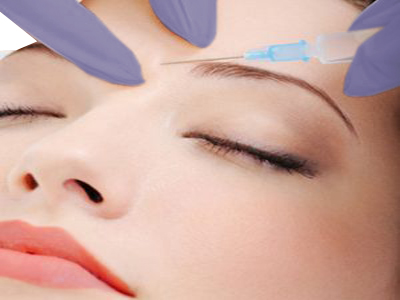How Botox® Works
As your facial muscles contract, the overlying skin is pushed and pulled in different directions. Repetitive movements lead to the formation of wrinkles. In order to smooth these lines, the muscles responsible for them need to relax. But because so much of that muscle movement is involuntary, it’s tough to keep your brow unclenched on your own.
Botox® breaks the communication chain between muscles and nerves, leading to forced muscle relaxation. In the week after treatment, you’ll notice your brow lines disappearing from your upper face. Botox is ideal for both vertical and horizontal lines that form when you clench your forehead muscles. Because different patients have lines of different depths, we may recommend a certain number of Botox® treatments to achieve desired results. Results typically last between 3-6 months.
Botox® is one of the most popular facial enhancements available – among many different age groups. Middle-aged patients with existing facial lines use Botox to regain youthful skin. And younger patients (even some in their 20’s) choose Botox to prevent wrinkles from ever forming. Depending on your aging concerns, taking an proactive approach to facial lines may be the ideal solution.
Botox® isn’t your only non-invasive wrinkle-reducer. If you’re frustrated with facial lines across the lower half of the face, Juvéderm could offer the volume boost you’ve been seeking.
BOTOX® and BOTOX® Cosmetic may cause serious side effects that can be life threatening. Get medical help right away if you have any of these problems any time (hours to weeks) after injection of BOTOX® or BOTOX® Cosmetic:
- Problems swallowing, speaking, or breathing, due to weakening of associated muscles, can be severe and result in loss of life. You are at the highest risk if these problems are pre-existing before injection. Swallowing problems may last for several months.
- Spread of toxin effects. The effect of botulinum toxin may affect areas away from the injection site and cause serious symptoms including: loss of strength and all-over muscle weakness, double vision, blurred vision and drooping eyelids, hoarseness or change or loss of voice, trouble saying words clearly, loss of bladder control, trouble breathing, and trouble swallowing.






